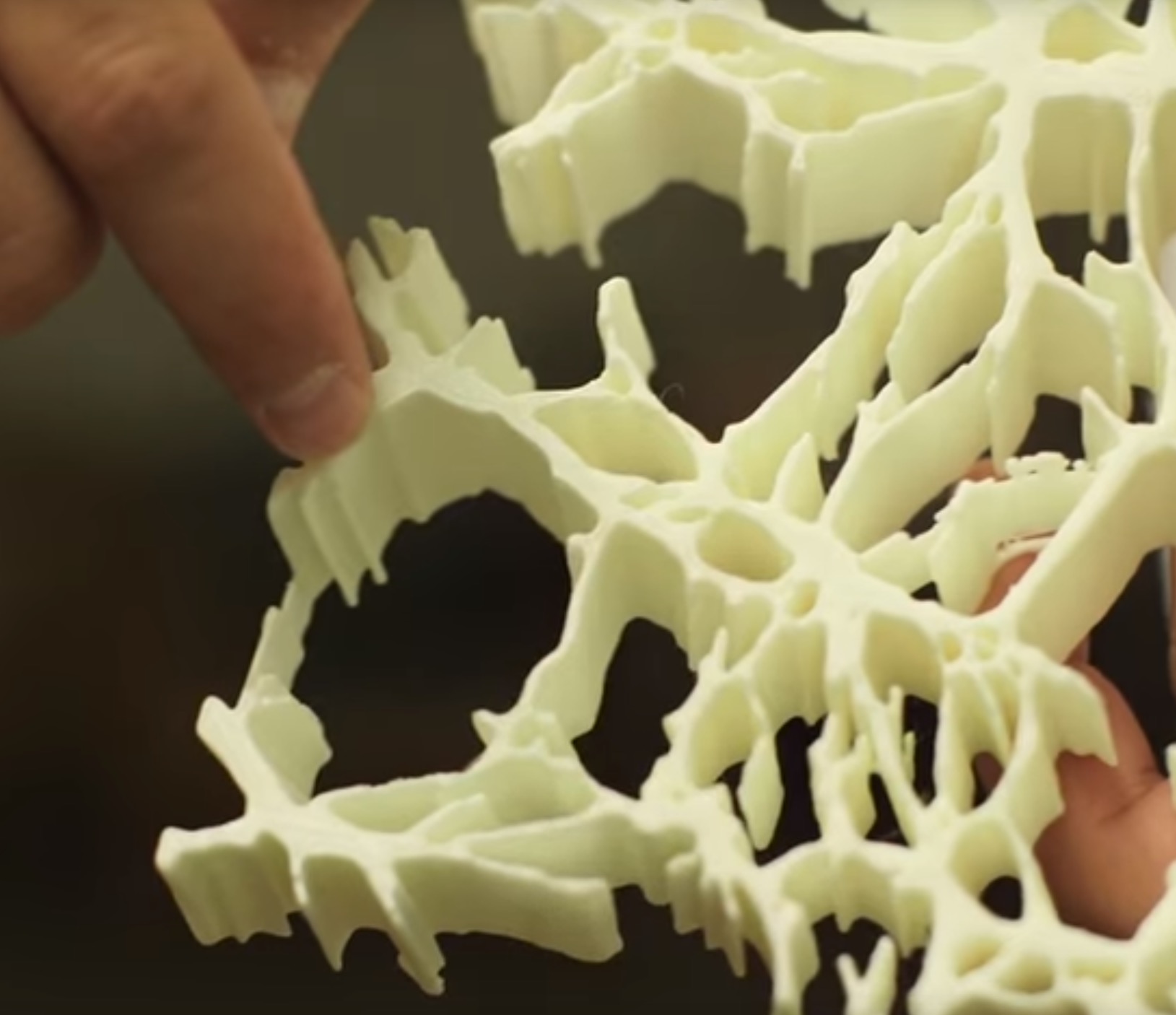
A physicist at UC Riverside is using 3D printing to aid the understanding of cosmological structures, but this tells us something important about learning.
Miguel Aragón-Calvo, a visiting assistant researcher in the Department of Physics and Astronomy at UC Riverside has been studying the largest-scale structure of the universe: how galaxies are related to each other.
It turns out that galaxies are not randomly distributed. In fact, they are linked by thin tendrils of gas – and perhaps dark matter. These networked structures are incredibly complex and as Aragón-Calvo realized, are difficult to visualize properly when displayed on conventional 2D mechanisms.
The physicist realized he could 3D print a section of the universe including the cosmic structures. Once printed, the sample could be inspected by hand and eye, leading to sudden realizations when human pattern matching skills see the print. He says:
Tridimensional cosmic structures can be easily identified and tracked as four-dimensional objects where time is taken as another spatial variable. Even though I had visualized the cosmic web many times before in the computer screen, the solution only became obvious once I held the model in my hand.
In this video the physicist explains a bit more:
We’ve seen this effect before: surgeons facing complex operations sometimes will 3D print the surgical site so that it can be inspected by hand and eye before the actual operation takes place. It’s like a simulation that’s a bit more real.
These effects occur because we constantly try to push a 3D problem into 2D form on our screens, but maybe this isn’t always the best way.
At the moment, it is the most convenient way to view 3D items, at least until we get a lot more 3D printers in the world.
Via UCR Today

